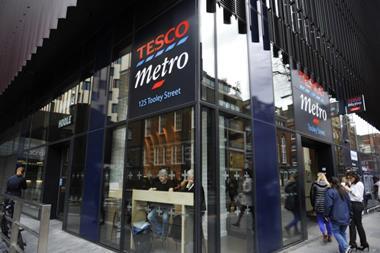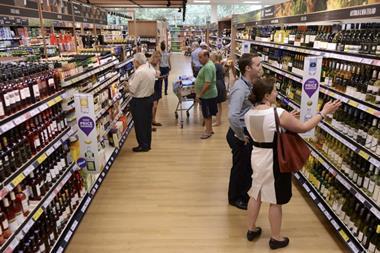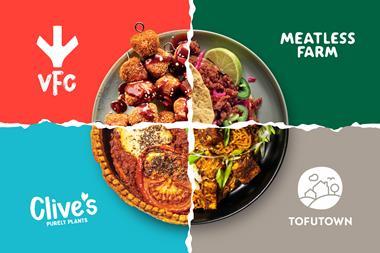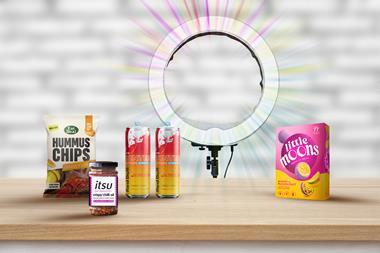
The escalating grocery price war has made for some great headlines, but the supermarkets’ plunging sales are at least as affected by falling volumes as they by battles over pricing.
Supermarket industry figures from Nielsen on Friday illustrate the point.
While the media headlines focus on bargain-savvy shoppers fleeing the mainstream supermarket for the discounters, Nielsen’s data suggests food retail sector as a whole is collectively seeing less money through the tills and the primary driver is that fewer items are being sold.
Value sales at the UK’s leading supermarkets during the four weeks ending 11 October 2014 were down -1.5%, against the same period a year ago (with Tesco down a huge 5.2%) – but sales volumes also dropped -1.1%, suggesting lower prices accounts for a minority of the overall reduction in sales value.
The average shopper spend-per-visit at the big four supermarkets has now dropped 5% compared to a year ago, to £24. Clearly losing custom directly to Aldi & Lidl at one end (growing sales by 20.8% and 16.1% respectively) and Waitrose and M&S (7.8% and 2.9% up respectively) is part of the picture, as is the reduction in prices in key lines – part price war driven, part by falling commodity prices.
But changing shopping habits – shifting to online and convenience and making more frequent and smaller shopping trips - seem to have had at least an equally important impact.
It was a point made to analysts and journalists by Premier Foods’ CEO Gavin Darby last week. While at least one paper suggested Darby was “blaming the discounters” for Premier Foods’ sales decline, Darby was much more nuanced.
The current price-sensitive grocery environment is not putting pressure on Premier’s margins, Darby explained, more that they’re selling fewer branded items as customers move away from big weekly superstore shopping trips.
He said on Thursday: “There has without doubt been an accelerated change in shopping patterns as we’ve moved into the third quarter, as consumers shop less in big hypermarkets and supermarkets and more in many other different formats.
“As consumers change behaviour and move into different channels it moves volume and that’s really the major factor – the big impact of the change of shopping behaviour is on volume and not on price and value.”
In this sense the supermarkets are being squeezed by two related factors – firstly, and most obviously, losing sales to rivals; and secondly, lower overall sales volumes across the industry (even including the discounters in the collective total).
The first of these factors explains why they are struggling so much to maintain like-for-like sales, but it has taken the second to cause the kind of unprecedented and sustained sales slump the listed grocers have seen.
Additionally, an interesting aside from the Nielsen data that suggests just how under pressure the major supermarkets are is that they’re spending less on marketing and advertising even as they desperately strive to win back market share.
During the four weeks ending 11 October 2014, the leading supermarkets spent £28.4m on TV and press advertising, 3.6% less than a year ago. Tesco’s TV and press advertising spend dropped 29% year-on-year to £3.0m, while Lidl almost tripled (197%) spend to £4.9m.
Perhaps they’re holding back to throw everything at the vital Christmas period, but it is probably more reflective of tightening purse strings as margins come under pressure due to falling sales.
The answers to adapt to this perfect storm will not be simple – especially with the fast-approaching Christmas period offering no breathing space whatsoever. But those that succeed in 2015 and beyond will be the supermarkets who can adapt to the changing needs of customers in the new multi-channel retail market, not just those who cut their prices deepest.



















No comments yet